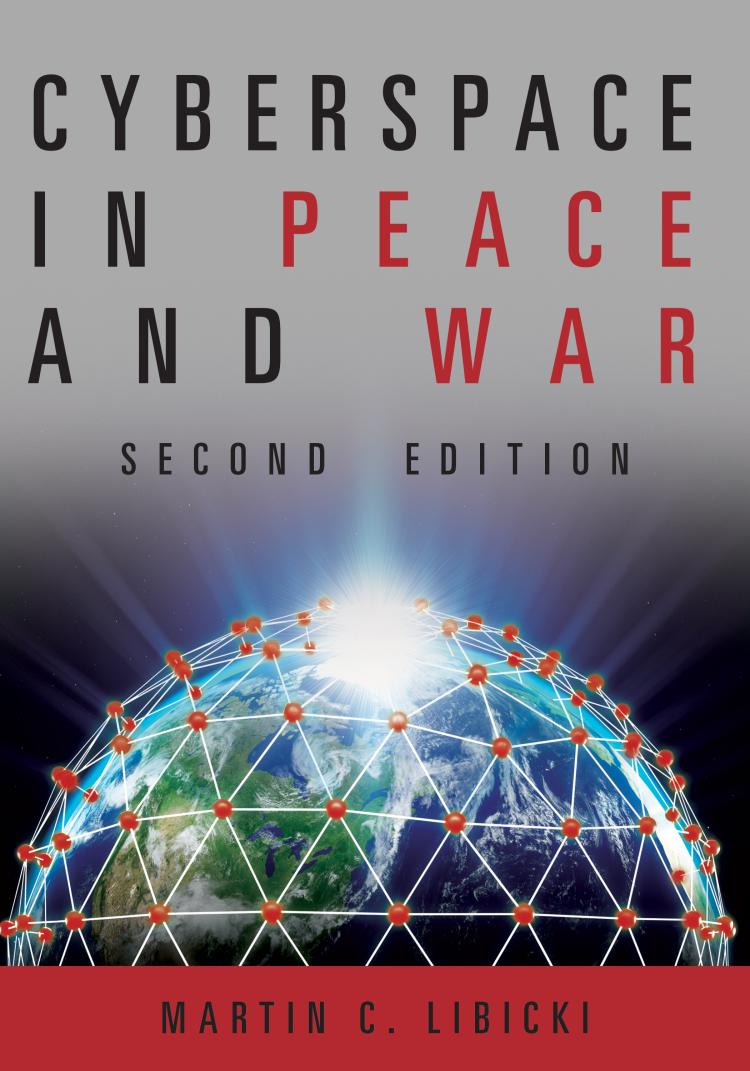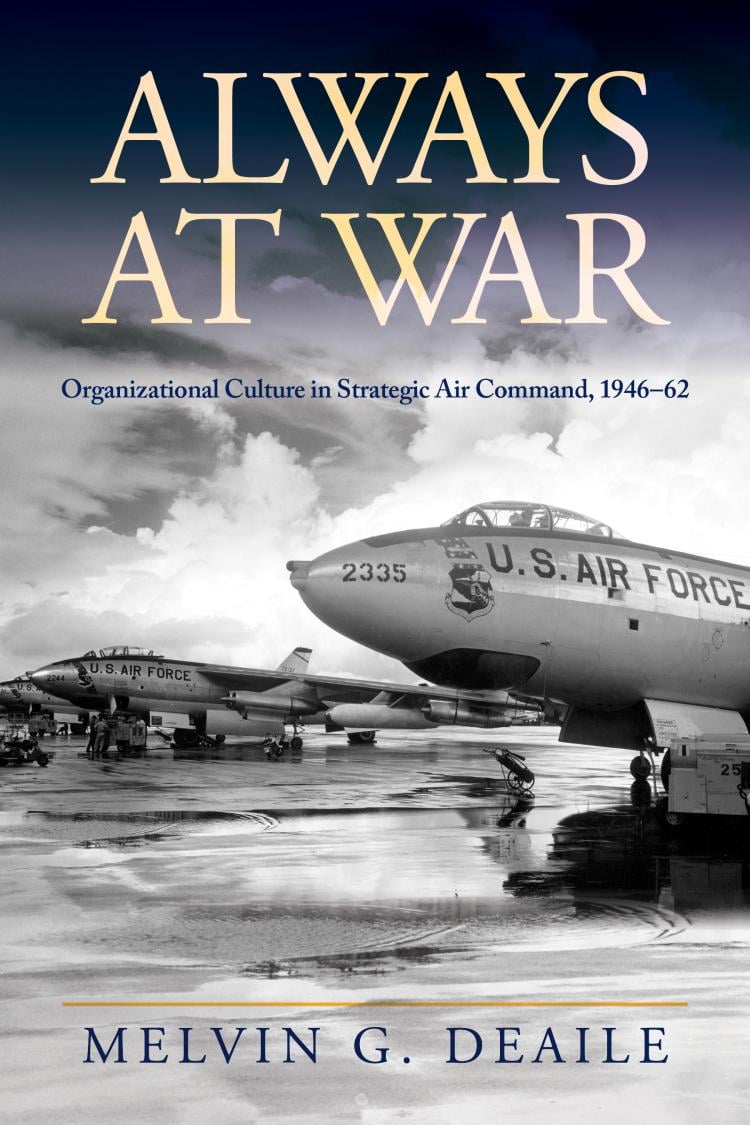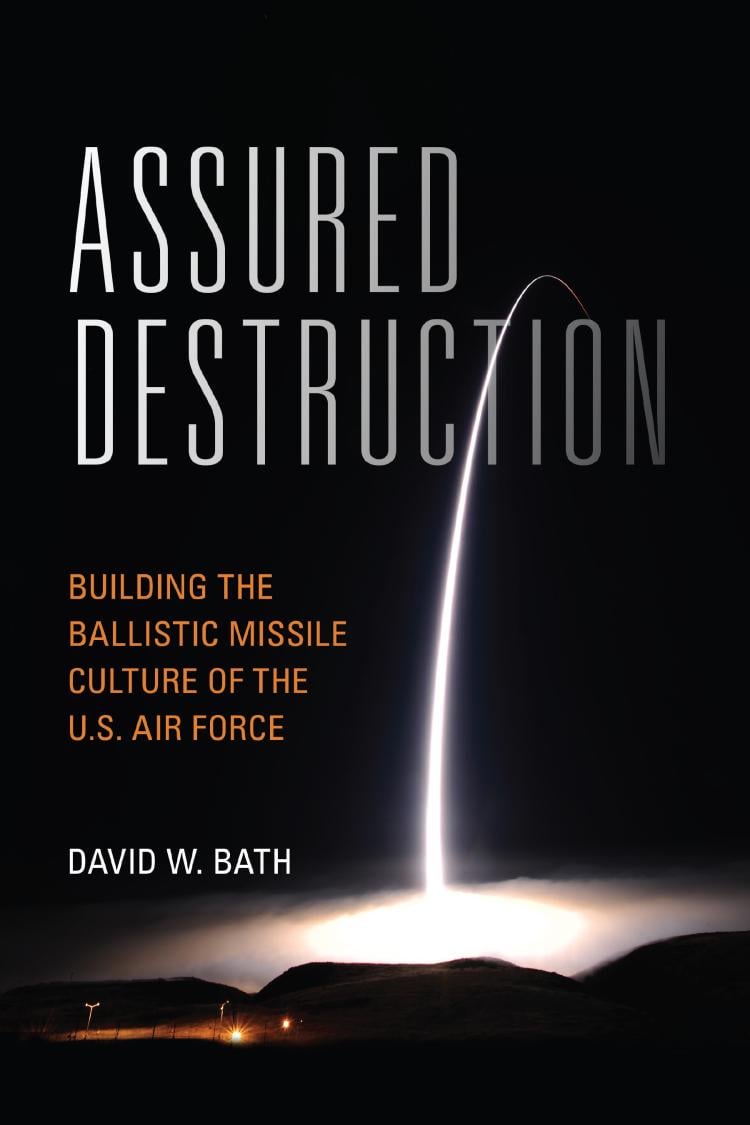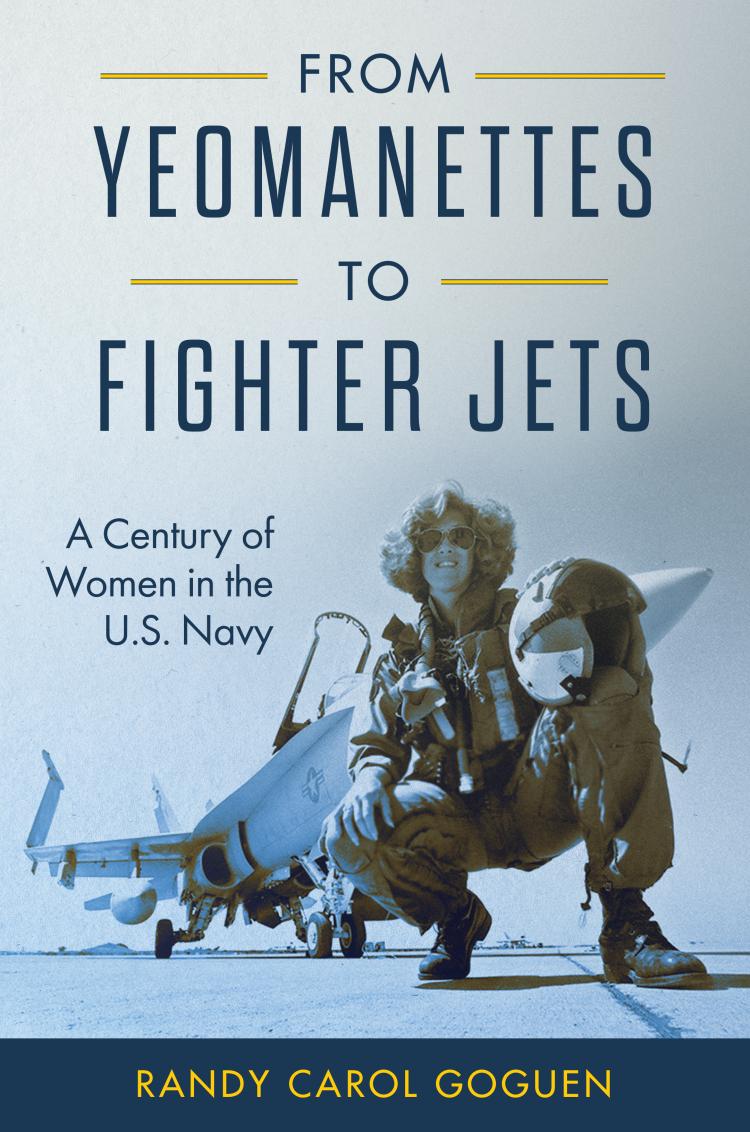The Other Space Race
Eisenhower and the Quest for Aerospace Security
- Subject: Aviation & Space | General Military & Naval History | Strategy | Clear the Decks Up to 80% OFF
- Format:
Hardcover
- Pages:
352pages
- Published:
December 15, 2015
- ISBN-10:
1612518869
- ISBN-13:
9781612518862
- Product Dimensions:
9 × 6 × 1 in
- Product Weight:
11 oz
Hardcover $14.68
Overview
The Other Space Race is a unique look at the early U.S. space program and how it both shaped and was shaped by politics during the Cold War. Eisenhower’s “New Look” expanded the role of the Air Force in national security, and ultimately allowed ambitious aerospace projects, namely the “Dyna-Soar,” a bomber equipped with nuclear weapons that would operate in space. Eisenhower’s space policy was purely practical, creating a strong deterrent against the use of nuclear arms against the United States.With the Soviet launch of Sputnik in 1957, the political climate changed, and space travel became part of the United States’ national discourse. Sambaluk explores what followed, including the scuttling of the “Dyna-Soar” program and the transition from Eisenhower’s space policy to John Kennedy’s. This well-argued, well-researched book gives much needed perspective on the Cold War’s influence on space travel and it’s relation to the formation of public policy.
About the Author
Editorial Reviews
"Sambaluk has written an important book that offers a though provoking consideration of a space race within the U.S. government. The significant value of this work is the history of the USAF's thought and ideas about the use of space. In this context, Sambaluk has contributed greatly to the historiography of the space age." —U.S. Military History Review
"The value of this book lies within the scholarly nature of its arguments in favour of the Eisenhower administration's conservative and quietly modest response to external challenges while acting in the interests of US national security, which the President knew was essential to underpin social cohesion." —Aerospace Magazine
"Sambaluk's well-researched and well-written book captures the zeitgeist of the Cold War. Accordingly, Sambaluk addresses obscure issues surrounding the missile age. Hence, students of the Eisenhower and Kennedy administrations will find The Other Space Race not only revealing, but also a fine addition to their library." —Parameters
"As the US civilian space agency took shape, the Air Force sought a militarized program based on the premise that the weaponization of space was inevitable, and since aerospace was an extension of the atmosphere, the Air Force ought to carry it out. The Air Force proposed a dynamic, soaring glider/bomber dubbed the Dyna-Soar. Such plans conflicted with President Eisenhower's vision of a non-weaponized space environment in which security could be provided by satellite reconnaissance and the high-altitude U-2 spy plane. In this context, Dyna-Soar appeared to be an overpriced dinosaur. From 1954 to 1961, the president and the Air Force sparred over Dyna-Soar, which came to symbolize the philosophical debate over space defense policy with the Air Force hampered by the need to alter design in order to enhance the prospects for approval, and the administration limited in defending its position because of the need to keep its satellite program secret. Eisenhower prevailed, but allowed his successor latitude to continue Dyna-Soar or cancel it, which President Kennedy did. This balanced account gives each perspective a fair hearing, and offers a counterpoint to accounts of the early space age dominated by Apollo. | Summing Up: Recommended." —CHOICE
"The Other Space Race is a clearly written and thoroughly researched monograph that deserves a wide readership. Sambaluk's use of archival resources and contemporary trade journals is excellent, as is his care in reminding readers that nothing in history is inevitable." —H-War
2018 recipient of the Air Force Historical Foundation's Best Air Power History Book.
"The Other Space Race places readers back into the context of the 1950s, offering new insights into decisions which shaped the outcome of the Cold War and today's world." —Galveston Daily News
"Sambaluk's scholarly survey of this most sensational subject amply demonstrates the wisdom of Eisenhower's 'building blocks' approach to space technology, a wisdom unfortunately discarded by the Kennedy administration." —Walter A. McDougall, University of Pennsylvania, Pulitzer Prize winning author of ...the Heavens and the Earth: A Political History of the Space Age
"Nick Sambaluk's fascinating book deals with the past but speaks to the present an advanced technology Air Force project, rising costs, uncertain mission: and no, it's not the F-35! As Sambaluk shows in his analysis of the 'Dyna-Soar' project, sometimes the past really can be prologue." —Robert M. Citino, author of The Wehrmacht Retreats: The Campaigns of 1943
"Dr. Sambaluk fills a void in the historiography of America's space technology. He addresses many of the factors and competing interests that shaped America's early space programs. A well-researched and organized work that should be on the shelf of every historian of the 'new frontier." —Dr. John Curatola, U.S. Army Command and General Staff College
"Sambaluk lays bare the tension between the military strategies and policies of presidents and the competing goals of the military industrial complex. The Other Space Race should be on the reading lists of every member of Congress, the current and next presidential administration, and any American citizen concerned with the nation's military affairs." —Col. Gian Gentile, USA (Ret.), author of Wrong Turn: America's Deadly Embrace of Counterinsurgency; former professor of military history at West Point; senior historian at the RAND Corporation
"Nick Sambaluk has written an important new book about Ike and the early days of the space race. He provides insights into Eisenhower in a field that has deserved more historical exploration." —William B. Lacy, director, Dole Institute of Politics
“The Other Space Race is fascinating look at the early years (1954-1961) of the celebrated 'Space Race' between the United States and the Soviet Union. It is full of fascinating sidebars fleshing out the context of the times in vivid detail and peaking with the lunar landing in 1969. Overall, a splendid rendering of the behind-the-scenes complexities of early American space-policy formation as leaders wrestled with appropriate responses and future direction at the height of an increasingly heated Cold War.” —Military Review
“Readers and researchers interested in the realities and irrationalities of defense procurement and the history of the US military during the Cold War generally will benefit from careful reflection on the arguments presented in The Other Space Race. Its author is particularly informative on Eisenhower's New Look defense policy and the effect of Sputnik on American public opinion. And, too, his concentration on the Dyna-Soar manned orbital bomber concept provides valuable insights into early Air Force thinking on space as a theater of operations. That said, the book is not a comprehensive history of the Air Force in the Cold War, analogous to, say, Ingo Trauschweizer's The Cold War US Army. It complements Curtis Peebles's study of reconnaissance over-flights of the Soviet Union during the Eisenhower years. Sambaluk has clarified the US Air Force's attitude toward aerospace advances as well as the critical role of service branches, with their distinct cultures, in shaping policy and strategy. He also adds depth to our understanding of Dwight Eisenhower's forewarnings about the threat posed by the military-industrial complex.” —Michigan War Studies Review









